Reportage
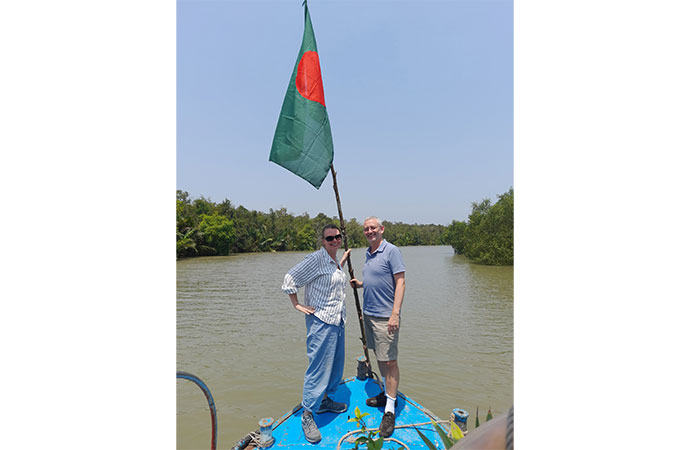
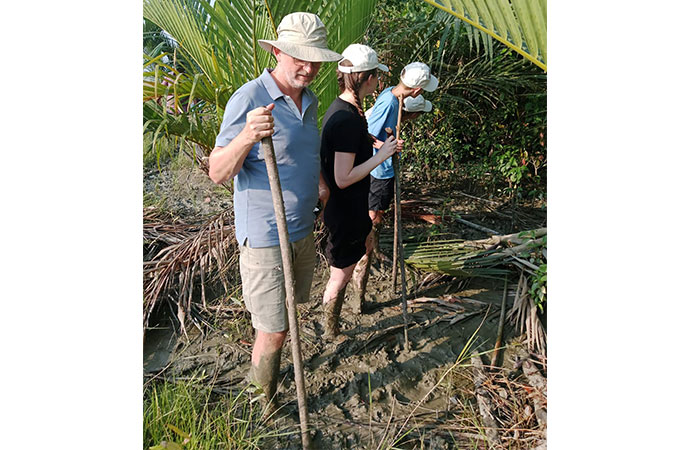
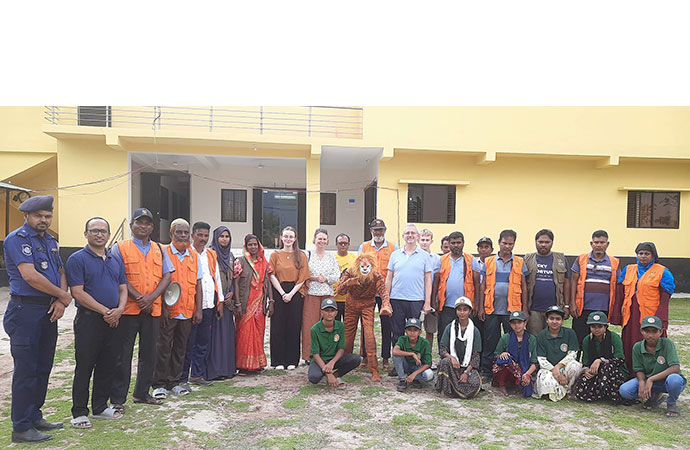
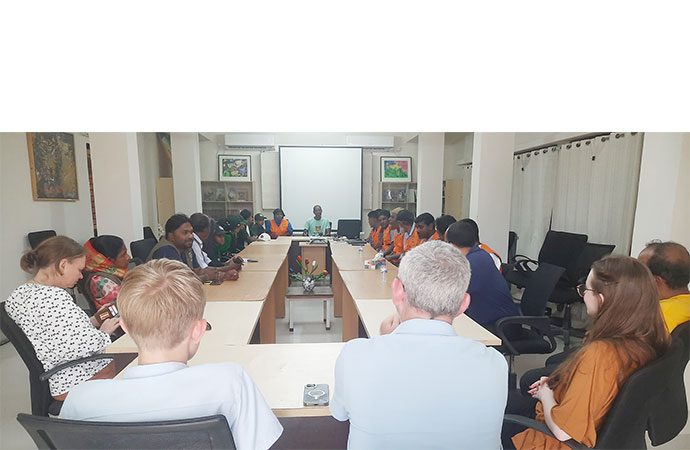
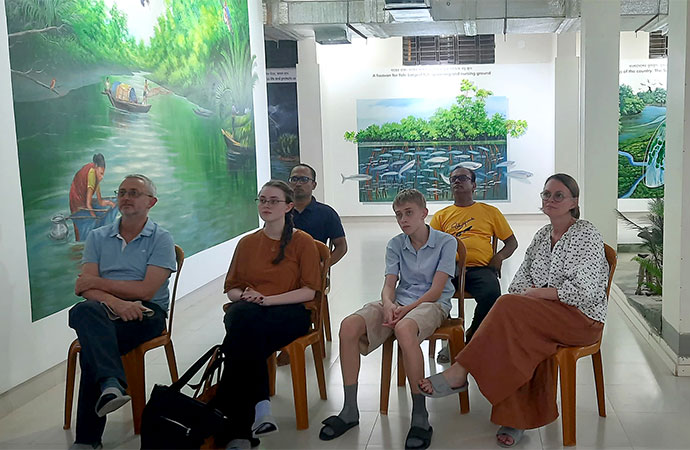
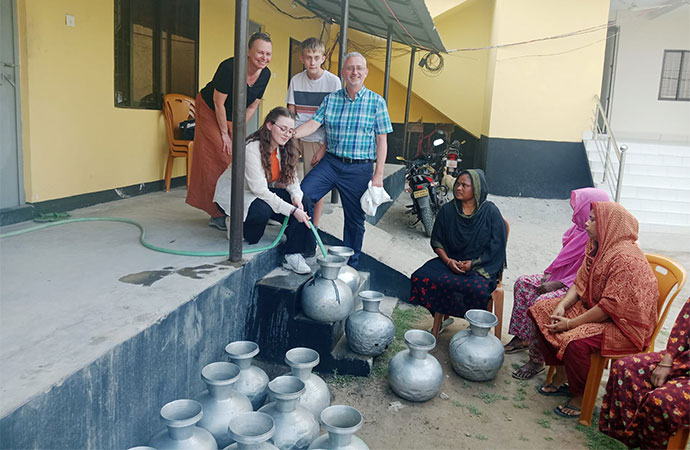

When the European Union's Ambassador, HE Michael Miller, stepped into the Sundarbans this April, he arrived not as a diplomat on a scripted tour, but as a man ready to be humbled. By the time he left, the forest had etched itself into his memory-not just as a UNESCO World Heritage Site, but as a place where tigers, honeybees, and people weave a story of survival that defies the odds.
From April 12-14, Ambassador Miller and his family-his wife, Philippa Wood, and their children, Katarina and James-embedded themselves at the WildTeam Conservation Biology Centre (WCBC), affectionately known as TigerHouse, built with the support from the IUCN's Integrated Tiger Habitat Conservation Programme (ITHCP), funded by German Cooperation and KfW Development Bank. The Millers didn't just observe; they listened, tasted, and, at times, held their breath.
At TigerHouse, the Ambassador and his family met the unsung guardians of the Sundarbans: The Village Tiger Response Team (VTRT). These are ordinary villagers trained to do extraordinary. When a tiger strays into human settlements, they don't reach for guns; they reach for sticks, ropes, nets, and hard-won expertise to guide the big cat home.
What started in 2007 as a desperate experiment-six teams trying to prevent bloodshed-has grown into a quiet revolution. Today, 49 teams and 340 responders stand as a buffer between fear and coexistence.
"These communities aren't just participants in conservation-they are the conservation," Ambassador Miller remarked.
But not all encounters end peacefully. The Forest Tiger Response Team, a boat-based emergency unit, knows this too well. They navigate the labyrinthine creeks to retrieve victims of tiger attacks-a grim reminder of the stakes in this unforgiving wilderness.
Then there are the BaghBandhus-friends of tigers-who have become evangelists for harmony between humans and the wild. And the TigerScouts, 50 schoolchildren across 10 schools, whose eyes light up when they talk about protecting the forest.
"It's the children who give me hope," Philippa said. "They're not just learning about conservation; they're living it."
On April 13, the Ambassador and his family joined the maualis-the honey hunters-on a journey few outsiders dare. Honey harvesting from the Sundarbans Forest is probably the world's most dangerous profession. These men step into the tiger's domain armed with nothing but smoke, rope, and sticks. For 10 to 15 days, they track the 'Bhari Poka'-bees heavy with nectar-climb towering mangroves, and harvest honeycomb with surgical precision, leaving enough for the colony to thrive.
"We take only what we need," one mauali explained. "The forest gives, but it also takes."
The honey they brought back-thick, reddish, fragrant with the tang of salt and blossoms-was unlike anything the Ambassador's family had tasted. This is the taste of the Sundarbans itself.
"This isn't just work," another hunter said. "It's our legacy. The best honey comes from the deepest forest, where the 'Sundari' and 'Keora' trees bloom. That's where the tigers are. That's where we go."
Before leaving, the family joined WildTeam in distributing drinking water to locals-a small act, but one that spoke volumes.
"Poverty and conservation aren't opposing forces here," Ambassador Miller reflected. "They're threads of the same fabric. The VTRTs, the BaghBandhus, the TigerScouts-they're proof that when communities lead, the forest survives."
His daughter, Katarina, put it simply: "This place stays with you."
The Sundarbans doesn't deal in absolutes. Tigers kill, but they also keep the forest alive. Bees sting, but their honey heals. People fear the wild, but they also fight for it.
This isn't just a conservation model; it's a pact. It's recognition in the Sundarbans that no one survives alone. Not the bees, not the tigers, and certainly not the people.
The Sundarbans still breathe. And as long as it does, so does hope.
Dr Md. Anwarul Islam, Former Professor, Department of Zoology, University of Dhaka, and CEO, WildTeam







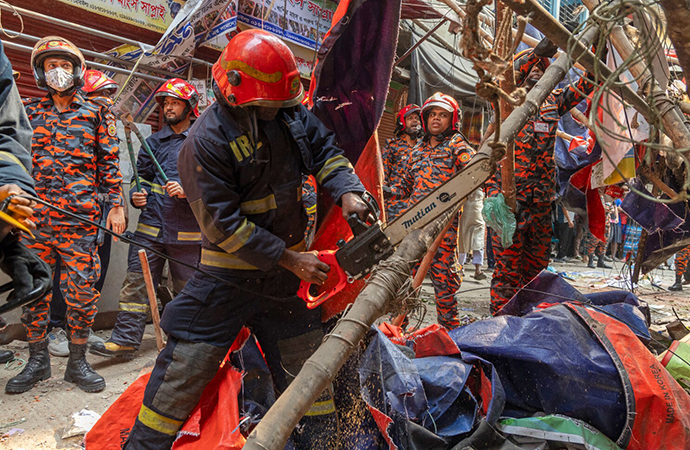
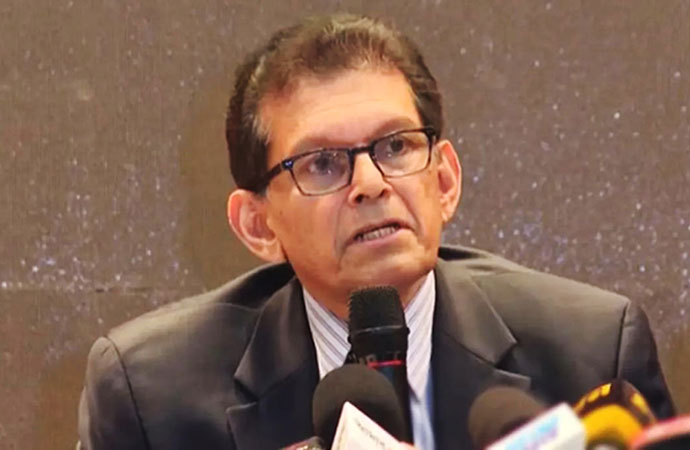
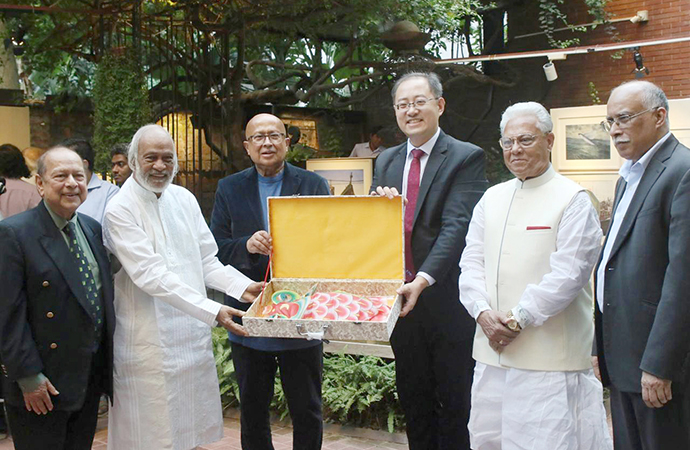
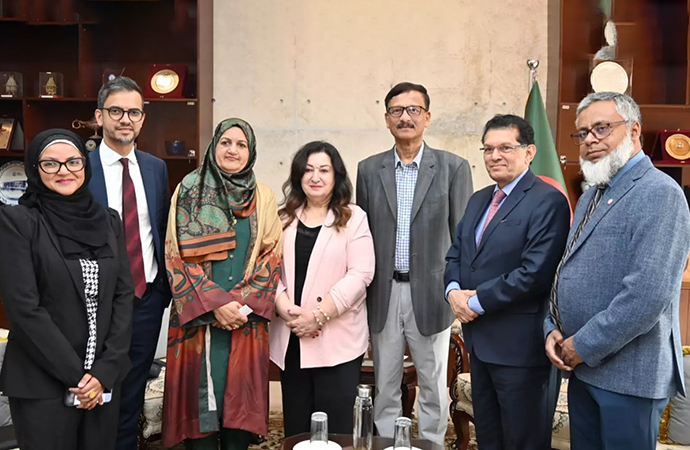
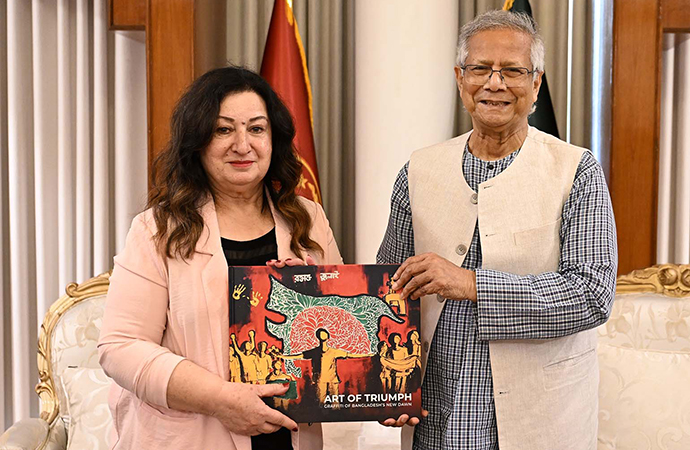
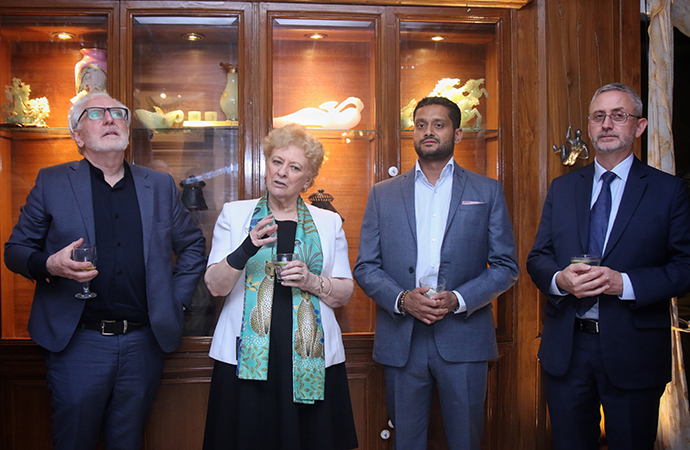

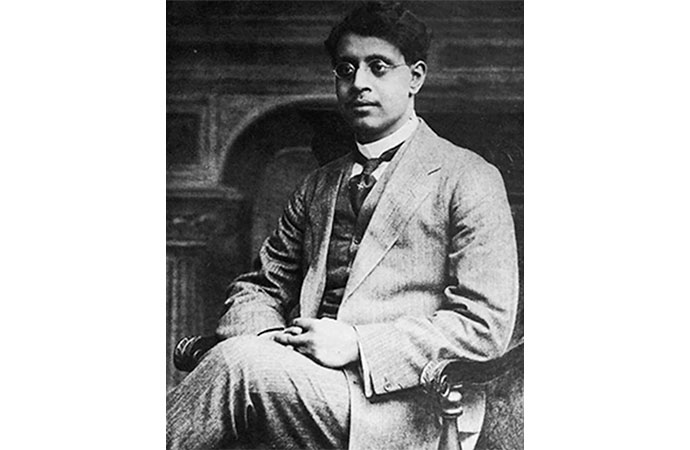








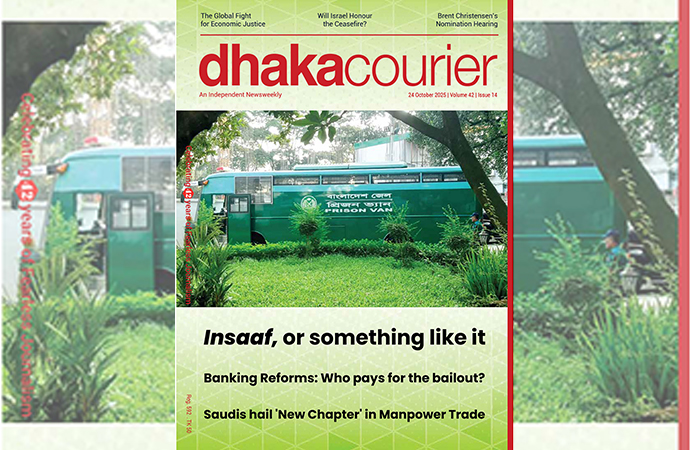
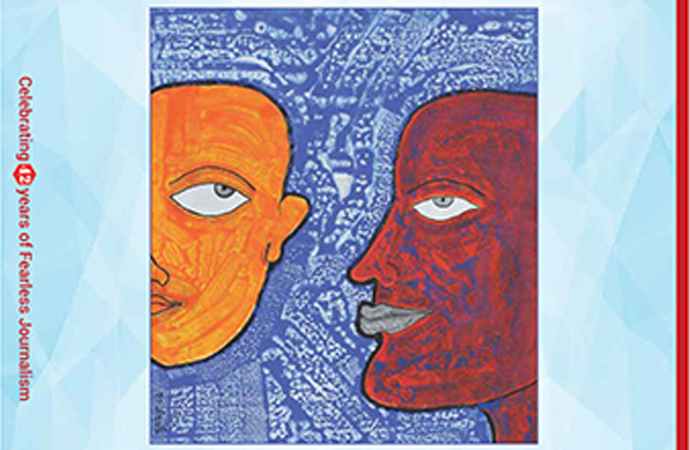
Leave a Comment
Recent Posts
The forensic clean up of the f ...
Much of the coverage centring the surge in Non Performing Loans (NPLs) ...
Hong Kong’s deadliest fire in ...
Hong Kong’s deadliest fire in decades left at least 44 people de ...
False document submission hurts genuine students’ ch ..
The Missing Ingredients for Peace in Palestine
Songs of Hyacinth Boats & Hands: Reading Conversatio ..
Executive Editor Julie Pace on why AP is standing fo ..